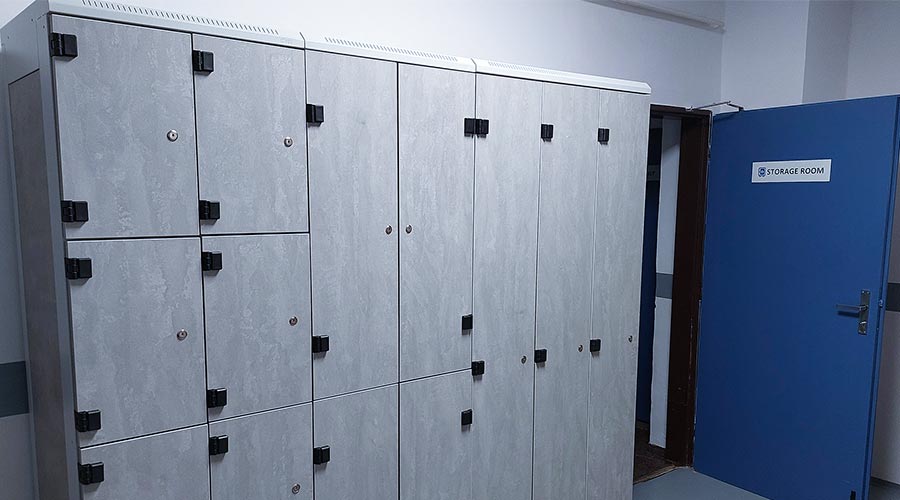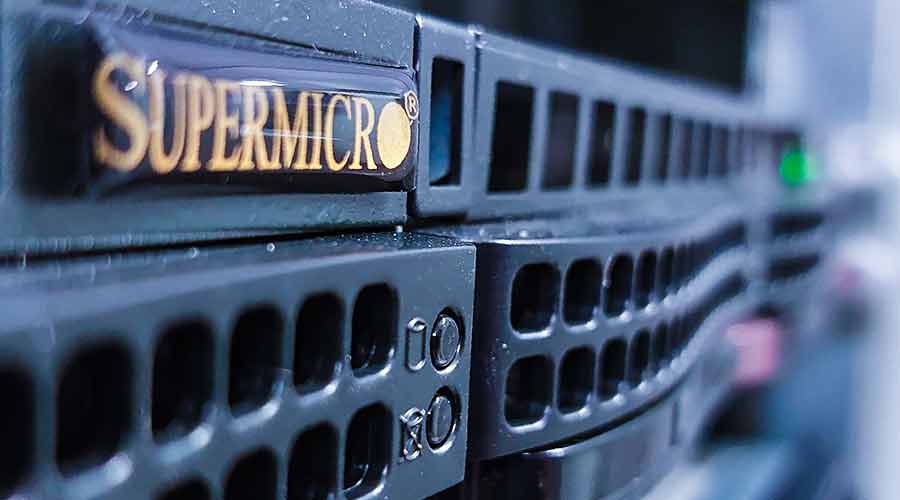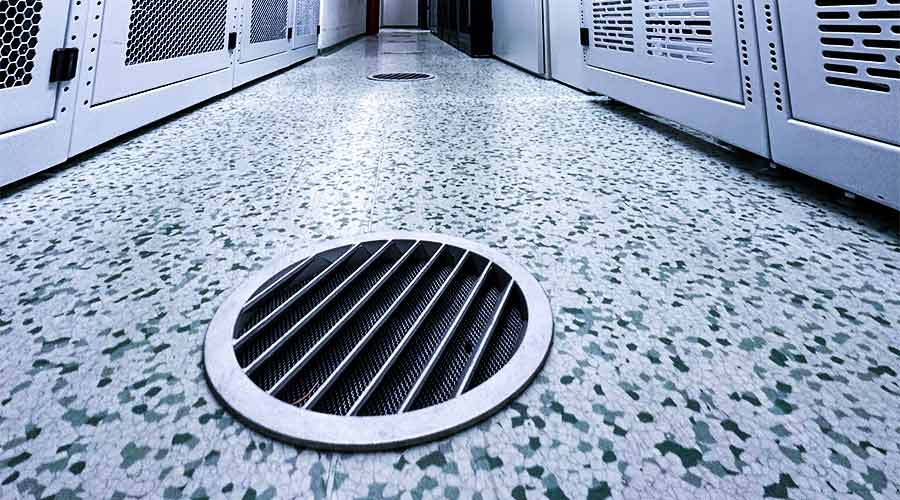So, we have completed another successful update of the Control Panel application, which is intended to make it easier for customers to work with our services. The updates are again in the area of virtualisation, which can be attributed to the ease of implementation in a single environment. However, we have our first treat for rack customers.
IPv6 rDNS
This is the hottest new feature since the last update. For the IPv6 subnets assigned to the virtual servers, we have activated the option of managing IPv6 reserve records. Now you can easily edit reserve records on your own, and you do not have to contact support about such small issues. The configured changes will appear immediately.
Customers with housing services will still have to wait a little longer, but it is our priority to make this function accessible for them as soon as possible.
Virtual networks
This new function will be appreciated mainly by customers who have multiple virtual servers. They can connect their virtual servers at the local network level, which will contribute to safe communication between servers.
Their uses can vary. The customer can use one server as a frontend (firewall, web, etc.), and the other servers will be database or storage servers, for which direct access to the internet is not necessarily desired.
Connection of virtual servers to each other is free of charge, and so if you think you will use this option, then go for it.
VPS configuration adjustments
In the virtual server configuration we made a few minor changes. Among the virtualisation parameters, we have included the new item “Timer Mode (rtc tickpolicy). By setting this item, you can specify the frequency at which the virtual server should synchronise itself with the virtual server. So far what for UNIX and Linux-like systems is the favourable value “delay” (normal frequency), for virtual servers with OS Windows the “catchup” value is recommended, which will achieve a higher frequency of synchronisation.
However, from the VPS virtualisation parameters, we removed the option with the disk cache configuration, since this was often a source of problems.
Activated VPSAdmin
We added to the virtual servers a function that enables the customer to gain access to the panel from the CP environment https://vpsadmin.coolhousing.net. If the customer has multiple virtual servers and wants to make only one accessible to the administrator, the access for the administrator can be set up in the VPSAdmini panel, from which it will be possible to administer only one designated server. All changes that the administrator carries out in the VPSAdmin interface will also appear in CP, and synchronisation is ensured. And as soon as your administrator finishes working, you can easily deactivate the access.
However, this option has other functions too. If on your virtual server you want to use our pre-installed system on CentOS for administration of an unlimited number of websites, MySQL and Postgre databases, FTP accounts, etc., then the VPSAdmin panel is for you. You can find more about this function here: https://www.coolhousing.net/en/first-steps-with-vps-how-to-install-a-virtual-server
Monitoring rack power consumption
After a lot of trouble with implementation, we have managed to activate a function for monitoring the power consumption of rack services based on electricity meters. Regular readings enable calculation of average power consumption, and this gives the client an overview of power consumption on a rack and soon also on individual power sources.




